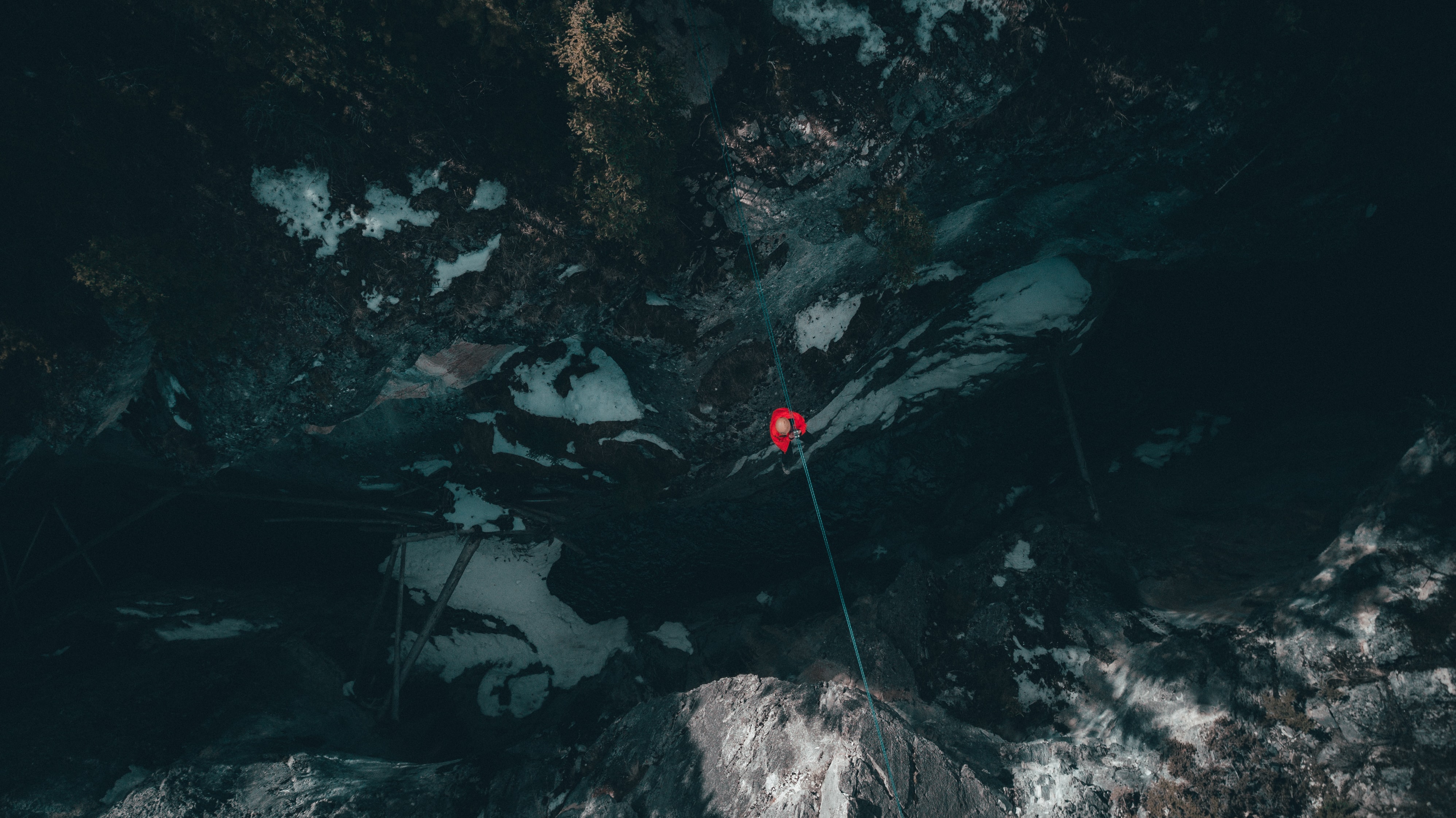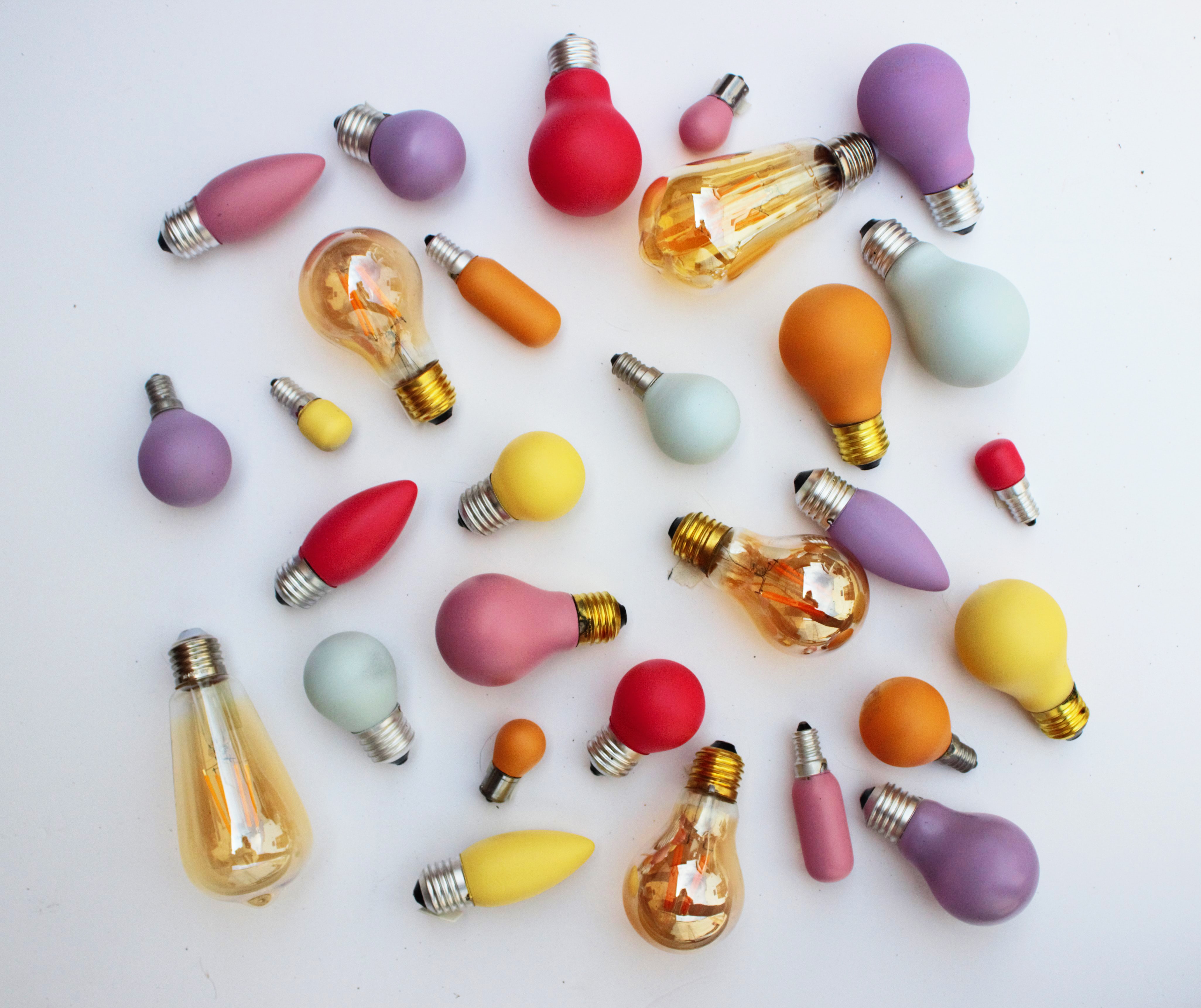1. What is the first things that comes to mind when reading the sentence ‘The Playful Voices of Academia’?
First, I think of a multitude of diverse playful voices encompassing very different themes, ideologies, perspectives and discourses engaging in extended and continuous dialogue – and that the phrase in some way connotates with a polyvocal choir of playful higher education.
The second thing that comes to mind is different words and conceptualizations associated with playful learning which for me often revolve around exploration, experimentation and collaboration through playful activities and approaches. In this, I think of playful voices as embracing the unknown and hopeful, as matters of curiosity, openness and make-believe, where playful approaches potentialize new and meaningful ways of knowing, learning and collaborating.
2. What does the notion of ‘collaboration across disciplinary and professional boundaries’ contribute with or change in relation to playful higher education or playful academia about?
For me, it’s about finding and experimenting with ways of learning and collaborating across disciplines and professions in higher education building upon playfulness and playful approaches – and both learning about one’s own discipline or profession, traversing the boundaries of them, and moving beyond them.
I also think a cross-disciplinary and cross-professional perspective has the potential to strengthen and deepen our understanding of playful academia or playful higher education looking at it through multiple disciplines, professions, and diverse perspectives.
Furthermore, playful approaches appear to have permeable qualities in bridging disciplines and professions and by this providing interesting opportunities for boundary-crossing collaboration. For example, looking at play objects or playful tools there are indications towards it displaying important qualities in connecting professions and disciplines by shifting the centre of attention from individuals to play(ful) objects, and that these playful modes or activities provide opportunities for exploring roles, positions, shared thinking, and structures.
3. Why is a shared understanding and vocabulary across disciplinary and professional boundaries important for qualifying pedagogical and didactic development of playful approaches to learning? And what does it require of us to develop such a shared understanding and vocabulary?
I work with and examine the co-creation and collaborative design of playful interventions in higher education – and in these developmental situations, shared or common knowledge/language becomes a topic of explicit interest and importance. It appears to stimulate deep, theory-driven and reflected development and experimentation with playful approaches to learning – while also providing frames of references that enable boundary-crossing collaborations. But I don’t think it’s completely clear-cut. Though there are hopes of shared language and common knowledge, there are also a lot of different perspectives and voices providing nuance, diversity and tensions – and both parts are important. In relation to the playful voices of academia, I tend to conceptualize this as a mode of multivocal unity.
I believe that it among other things requires participants to exchange ideas, beliefs, and ideologies, work with and in the tensions that might arise from differences, and dialogically reflect on educational and pedagogical purposes of play or playfulness.
4. How do we create a place for playfulness in the form of collaboration across disciplinary and professional boundaries in the academic world? And is it feasible?
I am very interested in how play objects and playful tools have a particular role or use in configuring or potentializing dialogue, collaboration and engagement across boundaries. I think, drawing a bit on Gregory Bateson, that it’s feasible if playful approaches in teaching and learning are framed in meaningful ways – and perhaps as “make-believe” – and that this communication is important in providing/enabling spaces and places for playfulness and playful activities.
Additionally, the communicative aspect is also about framing playfulness in relation to present evaluation and assessment culture in higher education. On a more general level, I think we create places/spaces for playfulness and playful collaboration across boundaries through a sensitivity towards the spatial, material, and cultural-historical aspects influencing dialogue and collaboration across boundaries.
5. What would YOU like to ask or read more about in relation to play, playfulness & academia (max 280 characters including spaces)?
I would like to read more (or ask) about the negative or dark sides of play, playfulness and higher education such as mechanisms of inclusion/exclusion or power structures. About when, how and why it goes wrong in educational settings – and what shouldn’t be repeated/iterated.
I’m currently a PhD Fellow at DPU, Aarhus University, and University College Copenhagen, and part of the national research programme Playful Learning. I come from a background as an upper secondary high school lecturer and digital consultant with an educational background in a Master of Arts of Danish Studies along with a Master of ICT and Learning.
My research is focused on play, playfulness and higher education, playful collaboration, co-creation, boundary-crossing, and the language of play/playful conceptualizations
You can Follow Kims work on LinkedIn:
Kim Holflod
…Or keep the playful conversation going with him on Twitter:
Holflod








